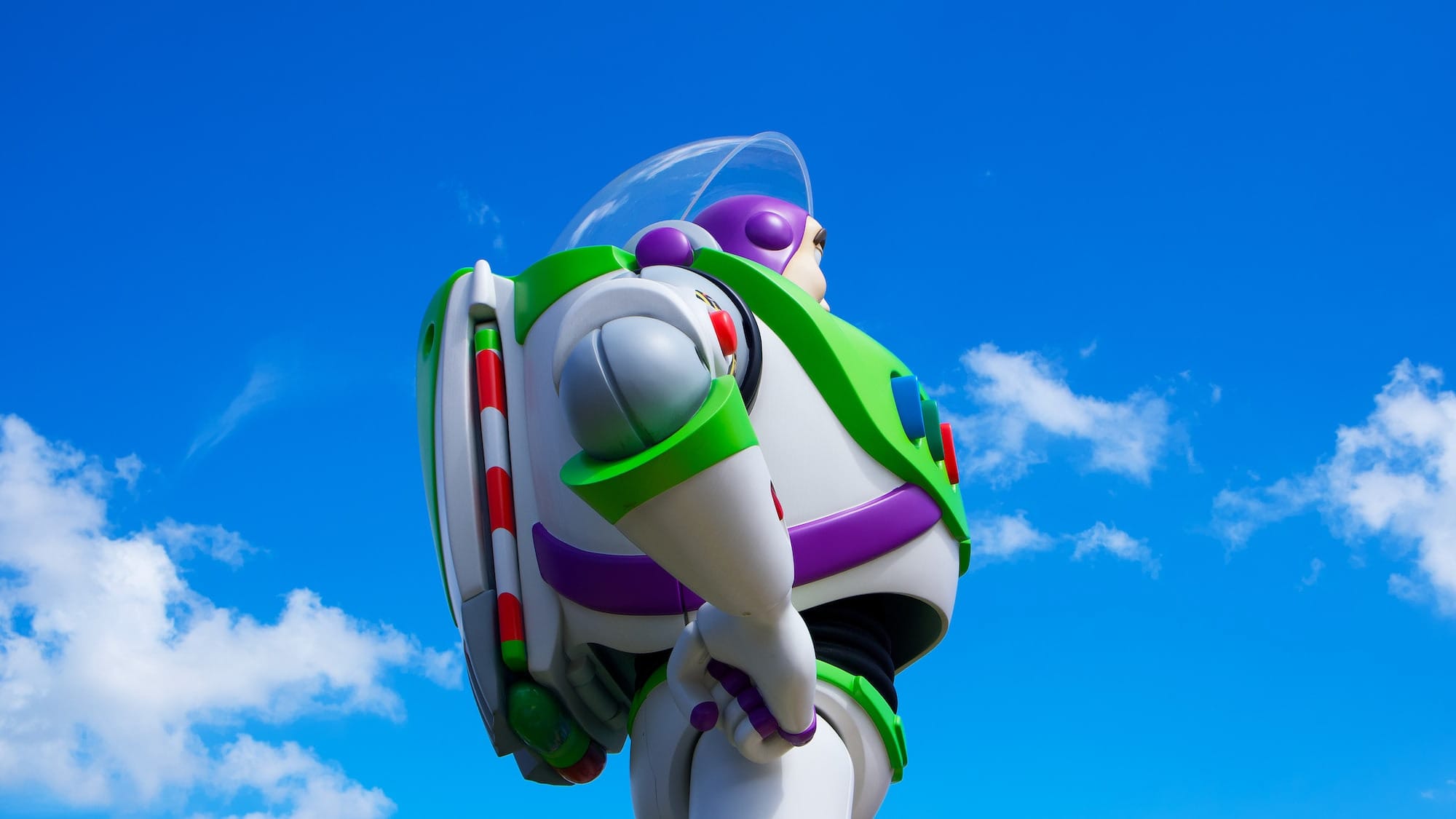I watched The Pixar Story, then discovered the studio is more than just its founders
Pixar's founders had the vision, but the animators and writers are the reason we love it.

I remember going to see Toy Story 2 in the cinema when it came out. I grew up in outer London, so we got a train up to Waterloo and saw the spectacle of the premiere at Leicester Square before watching the movie in a nearby cinema.
Those early Pixar movies set the template for what the studio would go on to achieve with Finding Nemo, Cars, and Monster’s Inc. — but I was only 10 years old and didn’t appreciate just how much Pixar had reshaped animation.
It wasn’t until 2014 that I got a sense of how radical Toy Story was, and how close it came to being an entirely different film with an ‘evil’ Woody in place of the insecure but loveable character we all know.
I watched the 2007 documentary The Pixar Story, which charts the company’s origins, early hits, and animation dominance before it was sold to Disney. It relies heavily on interviews with senior Pixar figures like John Lasseter (the Disney animator turned Pixar Chief Creative Officer).
At the time, I was impressed with his enthusiasm for animation and the way he had led the company from a startup through to its partnership with Apple founder Steve Jobs, and to one of the most commercially and critically successful film studios.
But if there’s one thing the tech industry loves, it’s a self-told origin story. It was directed, written, and produced by Leslie Iwerks, the granddaughter of Mickey Mouse co-creator Ub Iwerks, who went on to produce a similar film about Industrial Light & Magic, the Disney-owned special effects company founded by George Lucas.
The documentary was distributed by Buena Vista Pictures, a division of the Walt Disney Company, and it was released in August 2007, just two months after Disney’s first Pixar production Ratatouille.
If taken at face value, you’d believe that the entire company was built by just a handful of men and that Steve Jobs played a far more significant role than he really did. However as we’ve recently discovered with Elon Musk, self-promotion doesn’t always reflect the truth.
The film tends to gloss over the hundreds of hours Pixar’s animators spend working on the stories we see. Although we do get to see the painstaking detail they paid to Nemo’s facial expression at the emotional height of the movie.
Plus, you learn about Lasseter's origins at Disney Animations in the 80s. He was fired from that job after trying to create a computer enhanced animated short. He then joined George Lucas's Lucasfilm Computer graphics group.
While there, he created the first computer animated short. George Lucas sold the Computer Graphics Group, it landed investment from Steve Jobs, and became Pixar. The first Pixar short was Luxo Jr. featuring two lamps playing with a ball. The animated lamp went onto become Pixar's hopping lamp logo.
However, a more objective documentary might have interviewed more Pixar staff and the people who actually do the work, rather than those who take the credit. And it may have uncovered the sexual misconduct allegations against Lasseter (as detailed by Variety) earlier.
When the Disney acquisition took place, he also became the CCO for Disney Animation Studios, a role he only held until 2018 when he left the company as a result of the allegations. As ‘punishment’, he was hired to lead Skydance Animation just six months later.
The documentary might have been self-serving, but there’s also a reason that Pixar is as famous as it is. The original movies are fantastic, the emotional storylines set them apart from other films, and the animation is incredible.
One of the most common criticisms of post-2010 Disney is its reliance on franchises, and the parent company has also pushed Pixar in that direction (the studio is working on Toy Story 5 when it could have ended perfectly as a trilogy in 2010).
But for every Cars and Monsters Inc. sequel, there’s something astoundingly original like Soul, Inside Out, and Turning Red (one of the best Pixar movies of the past 20 years). The talented, hard-working teams of writers and animators that create these movies should have been more celebrated in the 2007 documentary.

